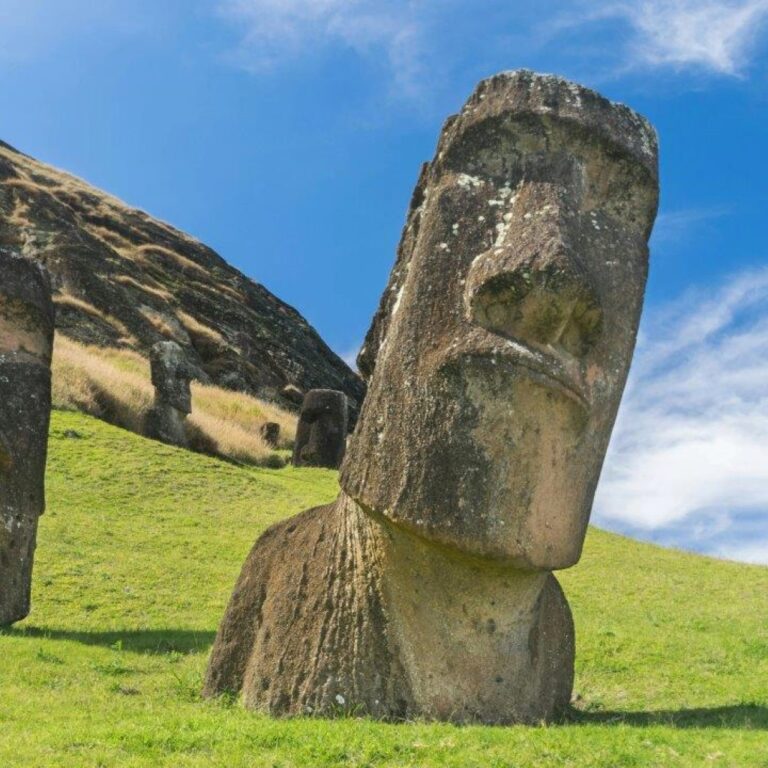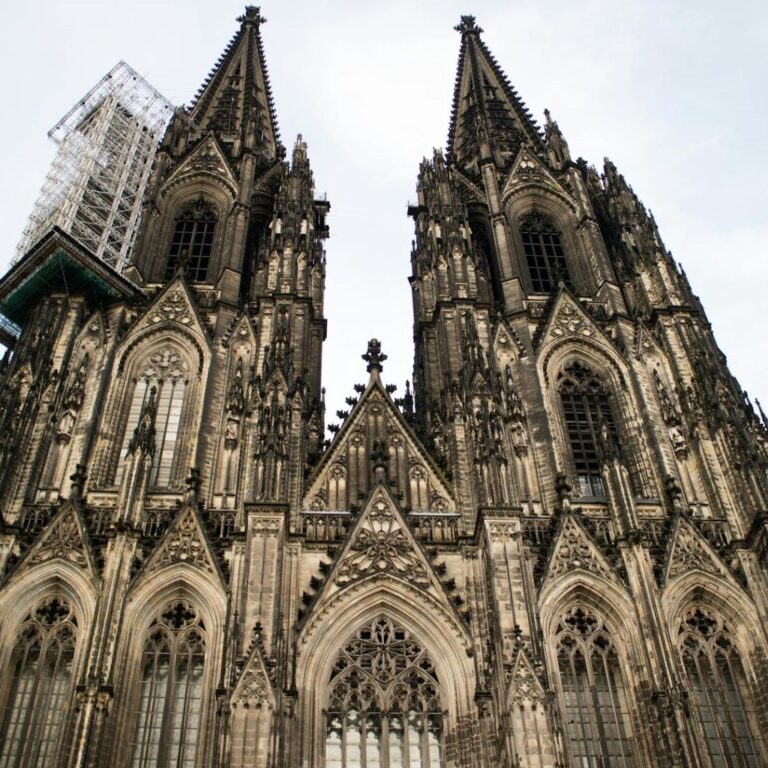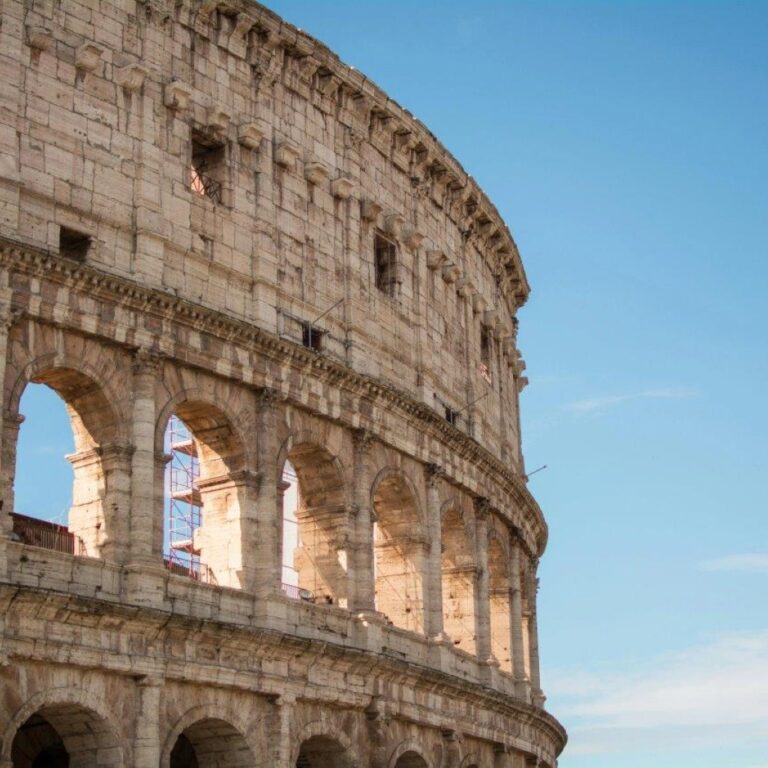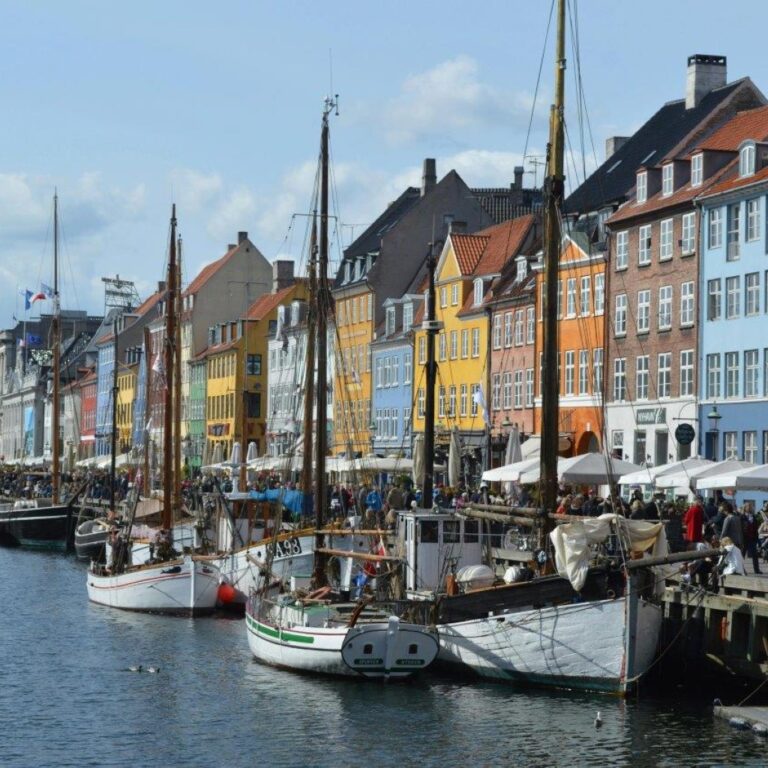Easter Island, also known as Rapa Nui, is located over 2,000 miles (3,218 kilometers) off the coast of Chile, making it one of the most isolated inhabited islands in the world.
The island is famous for its nearly 1,000 moai statues, which were carved by the Rapa Nui people between 1400 and 1650 AD.
The moai statues, made of volcanic tuff, are characterized by their large heads, which are about one-third the size of the statues' total height.
The tallest moai, called Paro, stands at about 33 feet (10 meters) high and weighs approximately 82 tons.
Many of the moai were transported from the Rano Raraku quarry to various sites around the island using methods that are still debated by historians.
The statues were placed on stone platforms called ahu, which often served as burial sites for important individuals.
Easter Island was named by Dutch explorer Jacob Roggeveen, who arrived on the island on Easter Sunday in 1722.
The island's population experienced significant decline due to European diseases, slave raids, and deforestation, reaching a low of about 111 people by 1877.
Easter Island was annexed by Chile in 1888 and is now a special territory of Chile, with its own unique cultural heritage.
The island's Rapa Nui National Park, which includes the moai statues and other archaeological sites, was designated a UNESCO World Heritage Site in 1995.
The Rapa Nui people developed a unique script called Rongorongo, which remains undeciphered and is believed to hold significant historical information.
The island has three main extinct volcanoes: Terevaka, Poike, and Rano Kau, with Terevaka being the highest point on the island.
Easter Island's climate is subtropical, with mild temperatures year-round, making it a popular destination for tourists.
The annual Tapati Rapa Nui festival celebrates the island's culture and heritage with traditional music, dance, and sporting events.
Efforts to preserve and protect the island's archaeological sites and natural environment are ongoing, with initiatives to promote sustainable tourism and cultural heritage.



